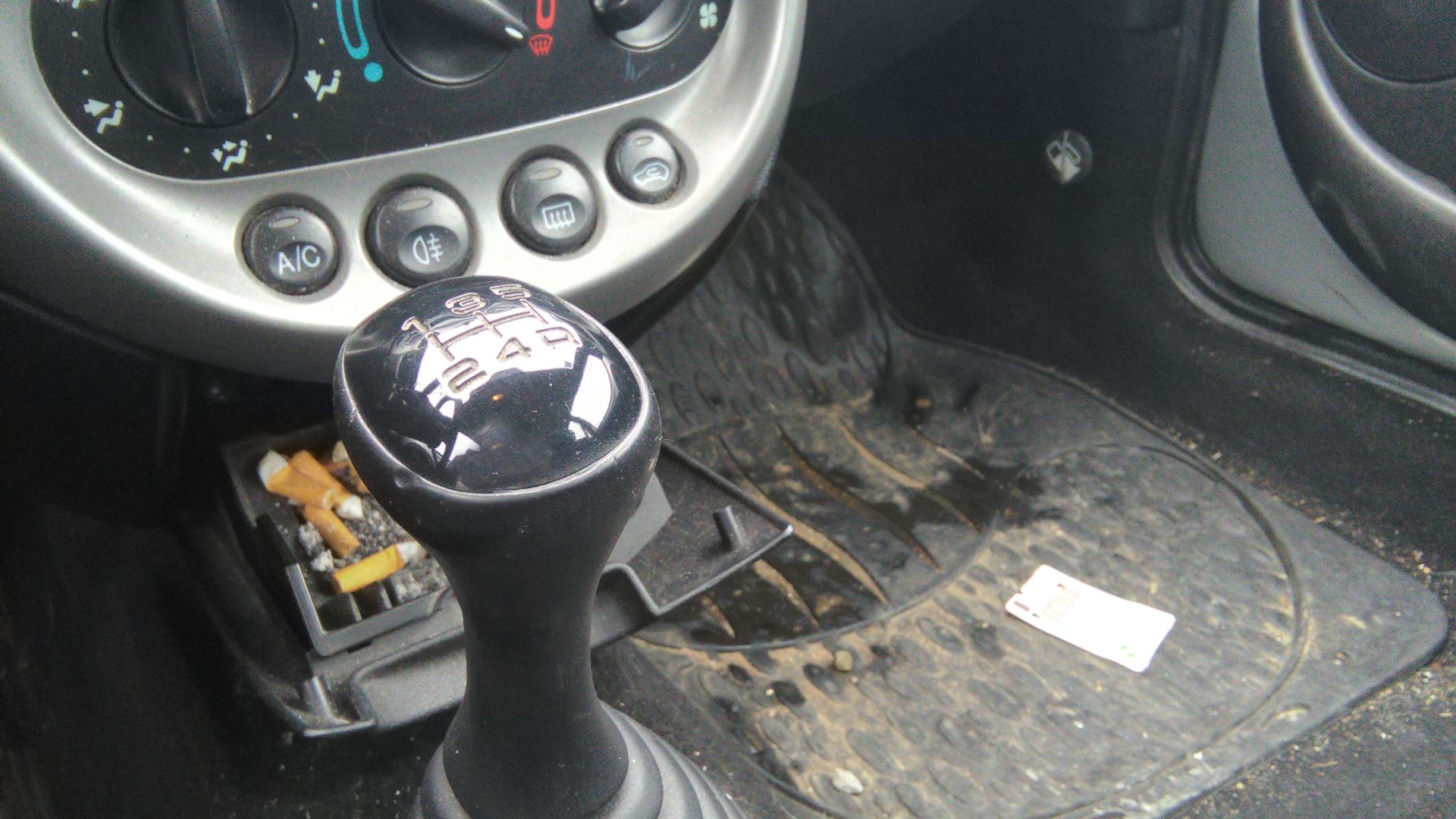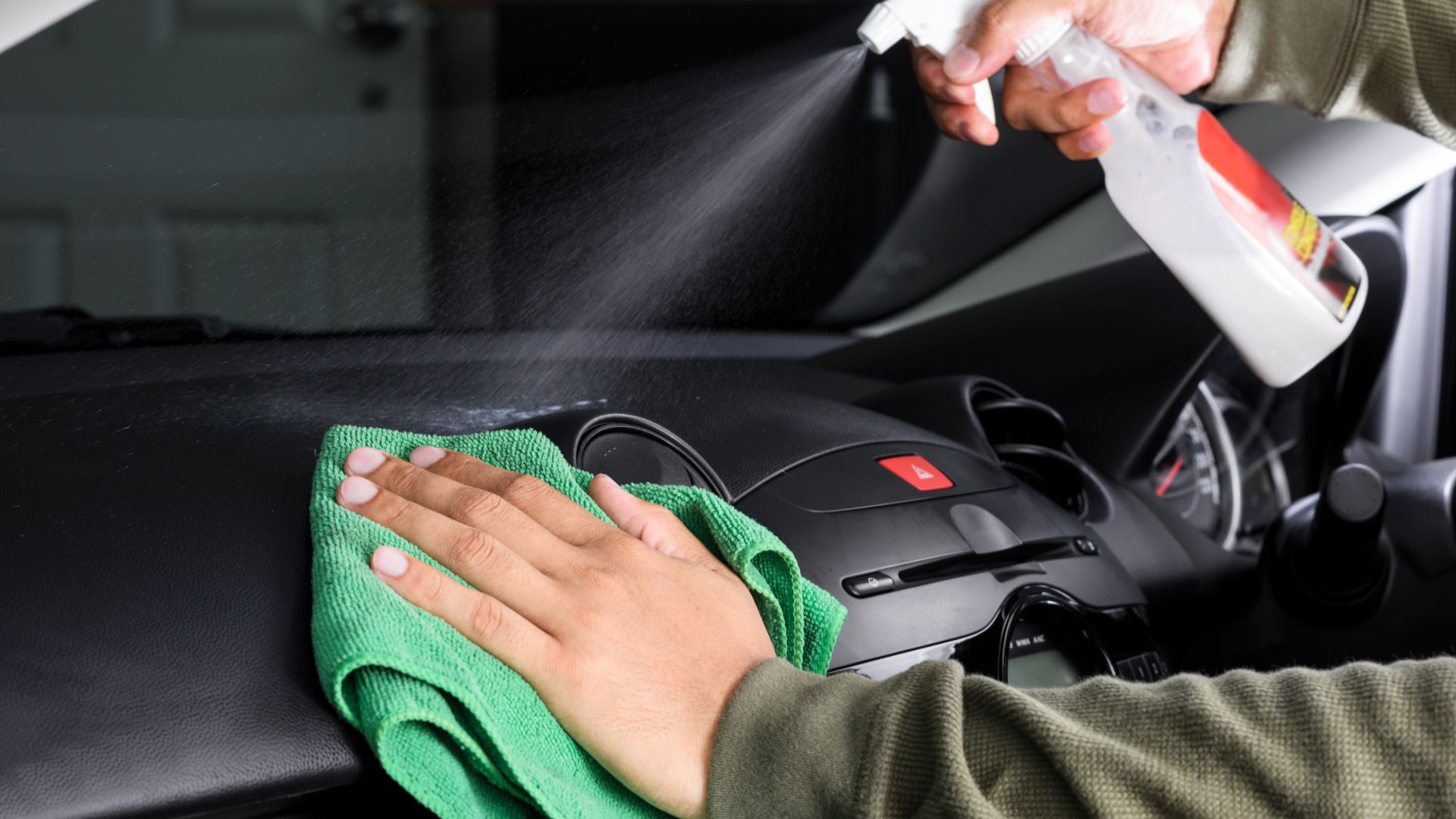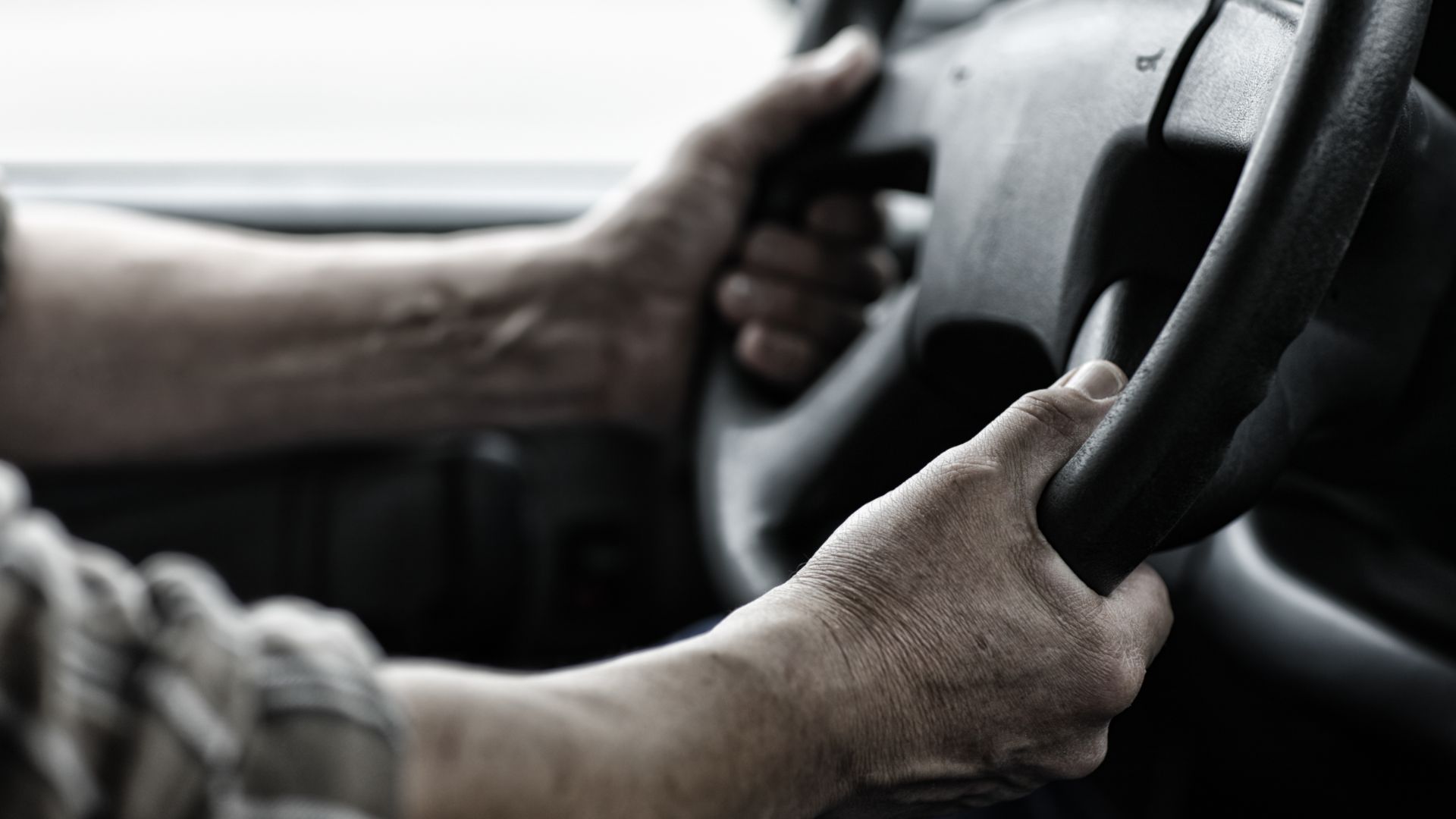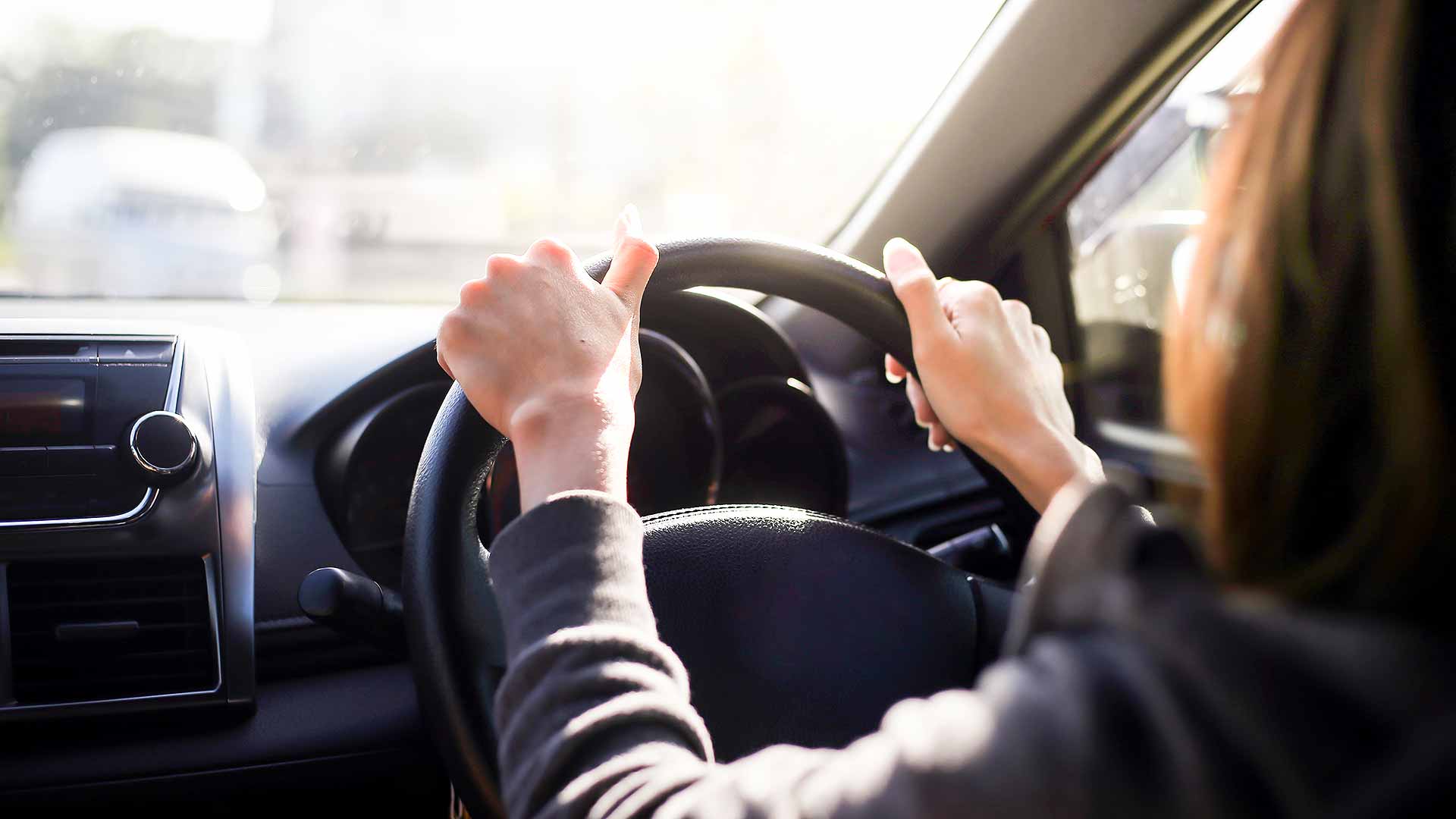Amid the current concerns over coronavirus, many are taking a closer look at how they could pick up and spread dangerous diseases such as COVID-19.
While sneezing into the crook of your elbow and regularly washing your hands for at least 20 seconds are highly publicised pieces of advice, many invisible germs could also be lurking in your car.
A car’s cabin is a particularly compact environment, where diseases like coronavirus can exist for an extended period of time.
How dirty are our cars?

- The 10 cars most at risk of keyless car theft
CarRentals researched exactly how dirty cars are, first surveying 1,000 American motorists, then collating figures for the number of microbes found in vehicles.
On average, it discovered steering wheels are SIX times dirtier than the average mobile phone screen.
They’re four times dirtier than the average public toilet, plus two times dirtier than public elevator buttons.
The average CFU number (colony-forming units per square centimetre) on a steering wheel is 629. Other areas in our cars can be very nearly as grubby.
The cupholder for instance, sits at 506 CFU. Seatbelts are 403 CFU, while the door handle is 256 CFU.
Even door handles are worse than public toilet seats, which were measured at 172 CFU.
Keeping your car clean

- Tired drivers labelled a ‘significant safety threat’
Naturally, you’ll now be wondering how you can clean your car at a microscopic level. All the usual chores apply: vacuum it out and mop the mats. However, it’s also worth sanitising primary surfaces you often touch.
A couple of rub-downs for your gearshifter, steering wheel, oft-used buttons and door handles with sanitiser wipes could do a world of good. Lastly, consider changing your pollen and air filters, and spraying disinfectant in there.
Research suggests almost one in three don’t clean their car even once a year. And more than one in 10 said that they never clean inside their car.
Germ-free cars: 40 areas to clean
Toyota GB has produced a video highlighting the 40 key touch points – both inside and outside a vehicle – where germs gather.
The list includes everything from the obvious, like door handles and the steering wheel, to the less obvious, such as the rear-view mirror and fuel cap.
You’ll need some antibacterial wipes, a dry microfibre cloth and a pair of gloves.
Other areas of motoring that expose us to bugs

What you may not have considered is where else in your motoring life you could be exposed to bugs. Petrol pumps, and the buttons you operate them with, are touched by hundreds of people a day. They are some of the dirtiest surfaces we could come into contact with on an average day.
Buttons to operate petrol pumps can have up to 2.6 million CFU. Pump handles can have up to two million CFU. That makes your car’s steering wheel seem nice and clean.
Also, consider ride-shares (6,056 CFU) and rental vehicles (2,001 CFU). Better get yourself some hand sanitiser, if it hasn’t already sold out…
